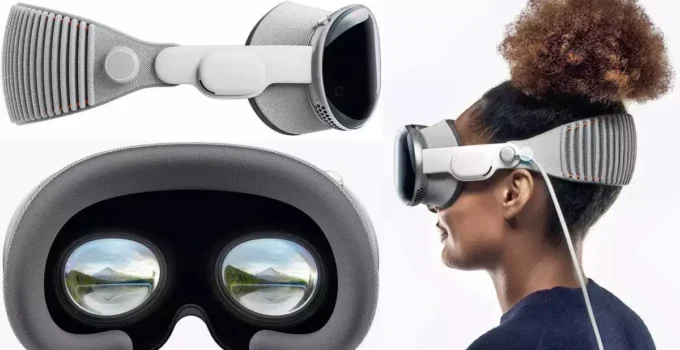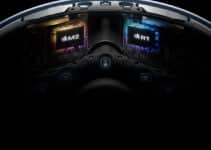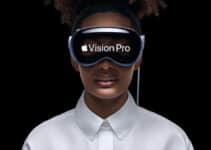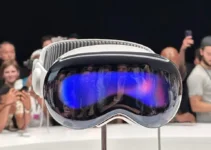Health Concerns Unfounded for Apple Vision Pro’s Wi-Fi and Bluetooth. Concerns have emerged on social platforms regarding the Apple Vision Pro, with some individuals raising alarms over potential health risks associated with its Wi-Fi and Bluetooth functionalities. These fears, fueled by misconceptions about radio frequency (RF) radiation, suggest a risk of cancer and other brain-related illnesses from the device’s use. However, it’s crucial to understand the fundamental differences between RF radiation and the more harmful ionizing radiation, which is known to break chemical bonds, ionize atoms, and damage DNA.
iOS 17 Revolutionizes Control Over WiFi and Bluetooth with New Direct Toggle Feature
The Apple Vision Pro, like many other modern devices, utilizes ultra-low-power Wi-Fi and Bluetooth chips that emit RF radiation, but this should not be a cause for concern. RF radiation is fundamentally different from the ionizing radiation emitted by radioactive isotopes and the sun. The levels of RF radiation produced by devices like the Apple Vision Pro are far below the thresholds known to cause tissue heating or damage, as seen in extreme cases like microwave oven exposure.
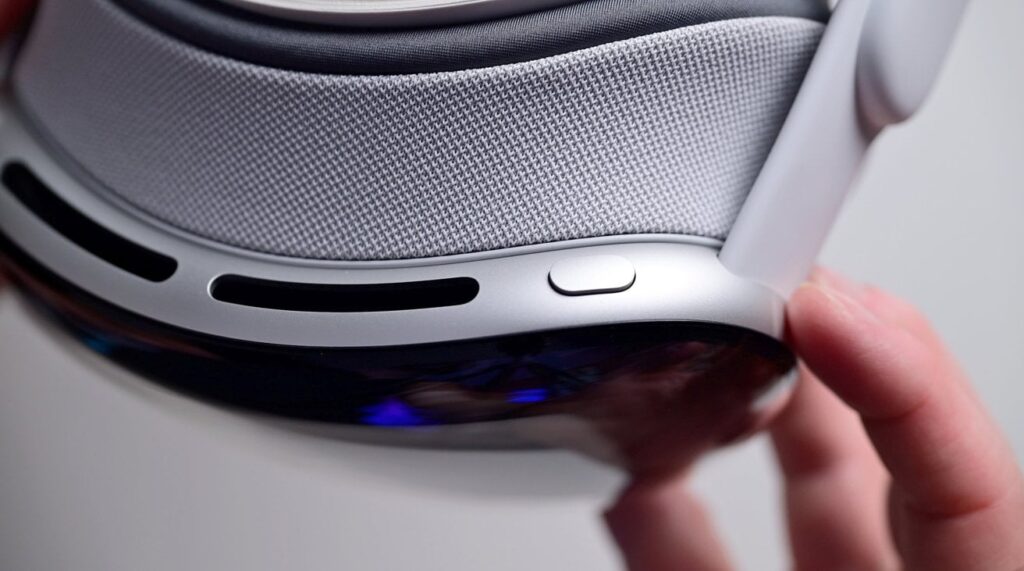
Health organizations worldwide have weighed in on the subject of RF radiation, providing guidance and reassurance. The World Health Organization (WHO), for instance, has clearly stated that the low levels of RF exposure from base stations and wireless networks do not present a convincing scientific basis for adverse health effects. This position is supported by years of research and is periodically reviewed and reaffirmed, most recently at the end of 2023.
Similarly, the US Food and Drug Administration (FDA) has conducted extensive research over 25 years, finding only minor, non-reproducible effects from device emissions. Both the WHO and the FDA emphasize that the low energy levels associated with RF radiation make it nearly impossible to definitively link any biological effects to RF exposure alone.
The discussion around RF radiation is also informed by understanding how building materials affect signal propagation. For example, the higher frequencies used by 5G technology are effectively shielded by buildings, reducing signal strength indoors compared to outdoors. However, when it comes to the Apple Vision Pro, the focus should be on the device’s low transmission power, directional transmitters, and the distance from the user, all of which minimize potential exposure.
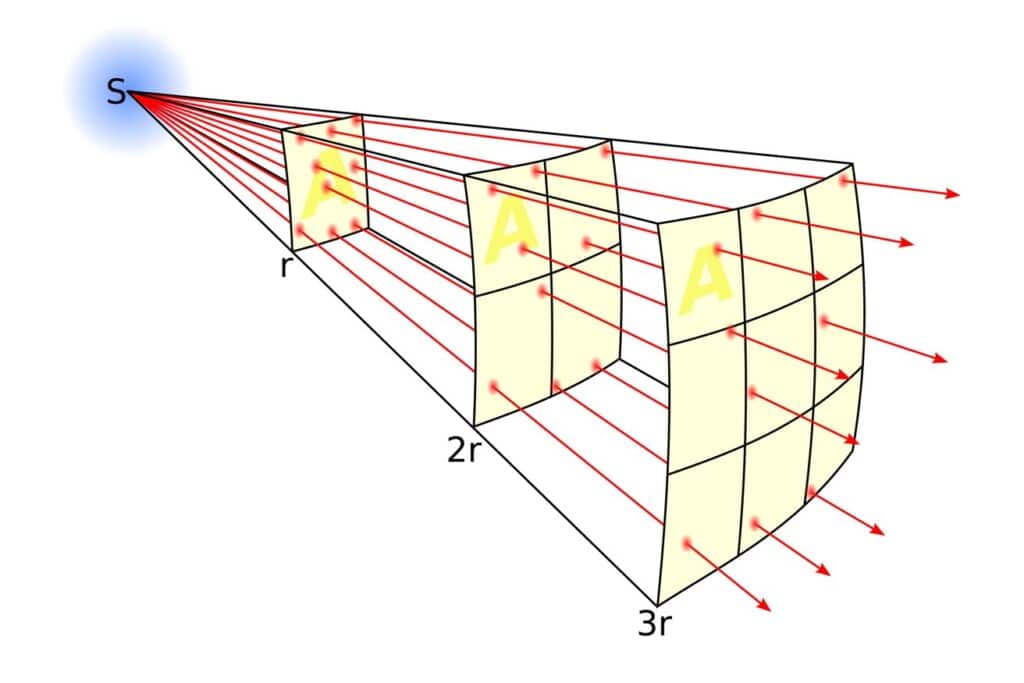
The measurement of RF radiation’s impact on the body is quantified through the specific absorption rate (SAR), which gauges the speed at which the body absorbs RF energy. However, SAR values are subject to debate, as they measure heat generation rather than direct damage. Legal SAR limits are set with substantial safety margins, well below levels where RF exposure could be harmful. Furthermore, RF exposure does not accumulate in the body like ionizing radiation, meaning any potential heating effects are temporary and reset once exposure ceases.
In conclusion, the RF radiation emitted by the Apple Vision Pro’s Wi-Fi and Bluetooth features does not pose a health risk to users. The technology operates within safe, regulated limits, and extensive research from reputable health organizations supports its safety. As technology continues to evolve, it’s essential to rely on scientific evidence and expert guidance to navigate concerns and ensure that innovation moves forward without compromising public health.
